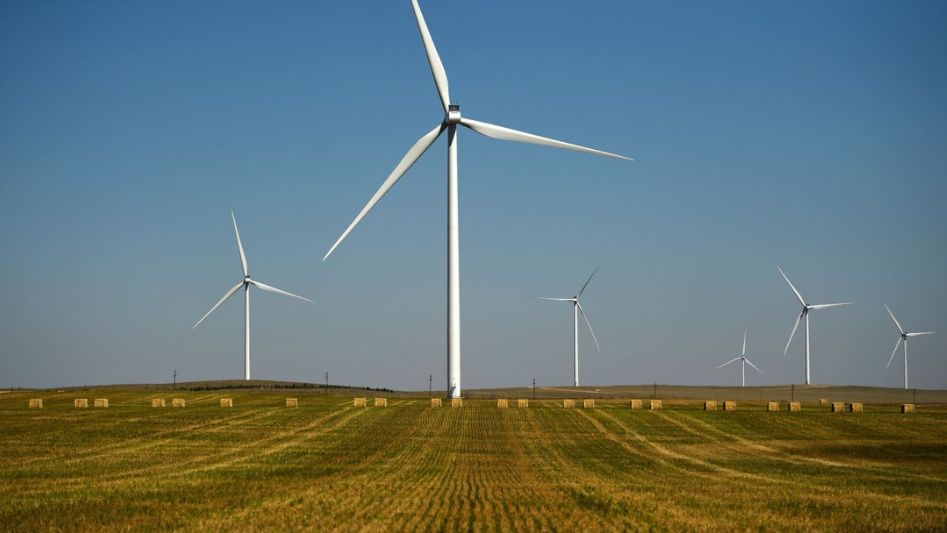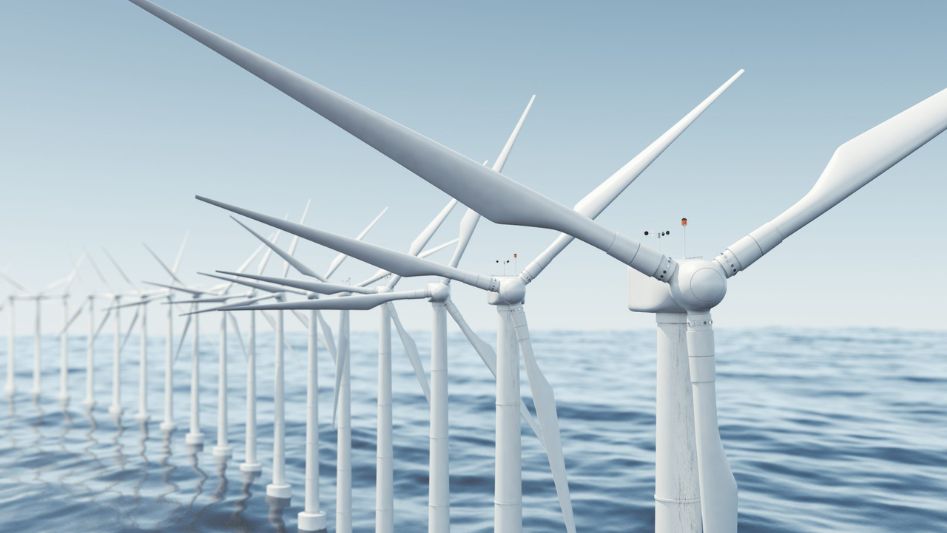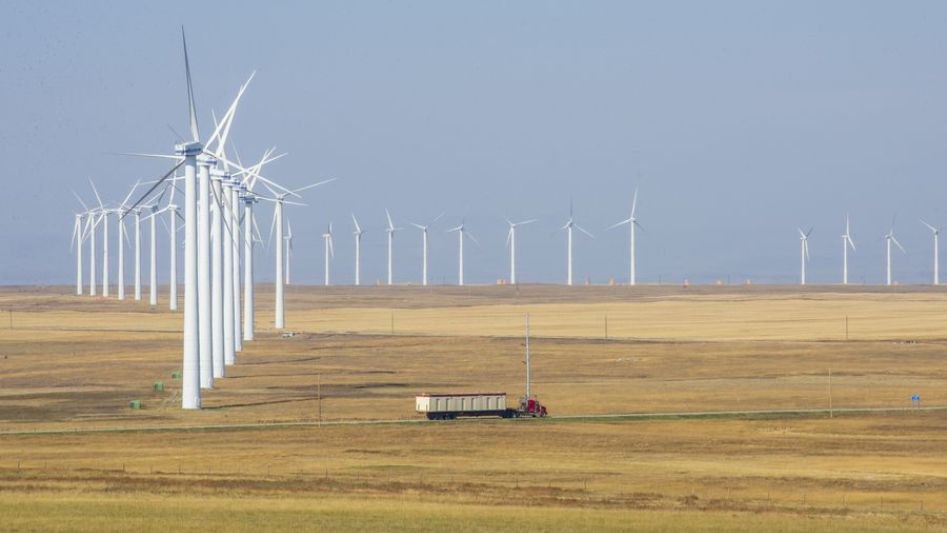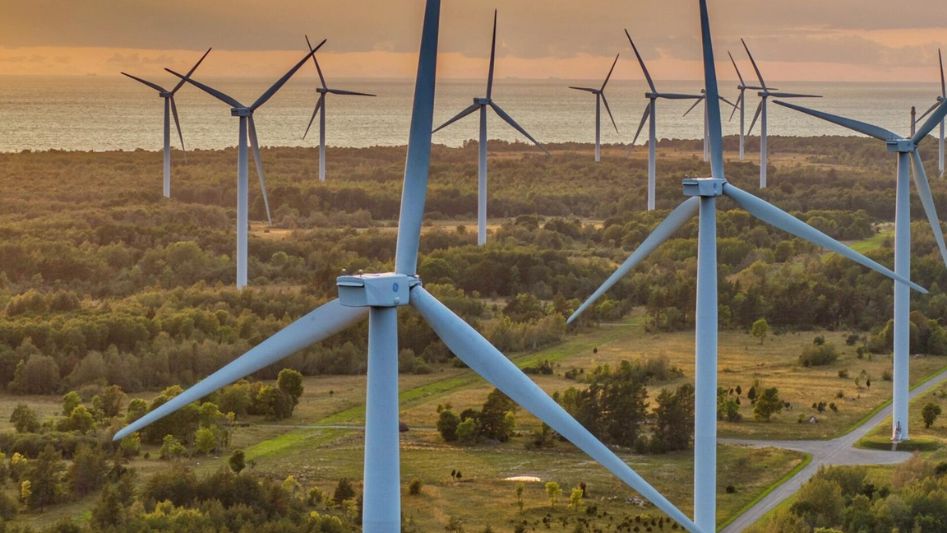Wind turbines have become an iconic symbol of renewable energy production in the 21st century. These towering structures with their elegant blades harness the power of the wind to generate electricity, contributing significantly to the global transition away from fossil fuels. As the world grapples with the urgent need to combat climate change, understanding the global perspective on wind power is crucial. In this article, we will explore the widespread use of wind turbines around the world, from their history and technology to their environmental impact and future prospects.
Table Of Content
We invite you to read: “Noise Pollution and Wind Turbines: Seeking Silent Solutions in Urban Settings”

A Brief History of Wind Power
Wind power is not a new concept. Humans have been harnessing the wind’s energy for centuries. The earliest recorded use of wind power dates back to ancient Persia, where windmills were employed to grind grain and pump water. Over time, windmills evolved into more advanced designs, including the iconic Dutch windmills used for land drainage and industrial processes in the 17th century.
Modern Wind Turbine Technology
While windmills of the past had a straightforward mechanical purpose, modern wind turbines are sophisticated machines designed for electricity generation. The key components of a contemporary wind turbine include:
a. Rotor Blades
The most visible part of a wind turbine, rotor blades, capture the kinetic energy of the wind. These blades are aerodynamically designed to maximize efficiency and are often made of lightweight materials such as fiberglass or carbon fiber.
b. Nacelle
Housed behind the rotor blades, the nacelle contains the critical components of the turbine, including the generator, gearbox, and control systems. It’s a high-tech hub that converts the mechanical energy from the spinning blades into electrical energy.
c. Tower
The tower supports the nacelle and rotor blades, elevating them to capture stronger and more consistent winds at higher altitudes. Towers vary in height depending on the turbine’s design and location.
d. Foundation
A robust foundation anchors the tower to the ground, providing stability and support. Different types of foundations are used depending on factors like soil conditions and water depth for offshore turbines.
We invite you to read: “Solar Panels vs. Wind Turbines: Which Renewable Energy Source Wins?”

Global Wind Energy Production
Wind power has seen exponential growth worldwide in recent decades. Countries across the globe have recognized its potential as a clean and renewable energy source. Some key statistics on global wind energy production include:
a. Leading Wind Power Producers
- China: China has consistently ranked as the world’s largest wind power producer, with an impressive capacity that continues to grow rapidly.
- United States: The U.S. has also made significant investments in wind power, particularly in states like Texas, California, and Iowa.
- Germany: Germany has been a pioneer in wind energy in Europe, boasting both onshore and offshore wind farms.
- India: India’s wind power capacity has been steadily increasing, contributing to its efforts to reduce greenhouse gas emissions.
b. Offshore Wind Farms
Offshore wind farms are gaining popularity due to their potential for capturing stronger and more consistent winds. Countries like the United Kingdom and Denmark have made substantial investments in offshore wind energy.
c. Environmental Impact
Wind power is generally considered environmentally friendly, producing no direct greenhouse gas emissions. However, there are still environmental considerations, such as the impact on bird and bat populations and the need for responsible turbine placement.
The Future of Wind Power
The future of wind power is promising, as technology continues to advance, making wind turbines more efficient and cost-effective. Key trends shaping the future of wind power include:
a. Larger Turbines
Manufacturers are developing larger turbines with higher capacity and efficiency, capable of generating more electricity from the same wind resources.
b. Energy Storage Integration
To address the intermittency of wind power, energy storage technologies like batteries are being integrated into wind farms, enabling better grid integration and reliability.
c. Floating Wind Farms
Floating wind farms are being explored, opening up the potential for harnessing wind energy in deep offshore waters where traditional fixed foundations are not feasible.
d. Global Expansion
Developing countries are increasingly investing in wind power, contributing to its global expansion and the reduction of fossil fuel dependency.
We invite you to read: “Economic Winds of Change: How Wind Turbines and Solar Panels Affect Local Economies”

Conclusion
Wind turbines have come a long way from the traditional windmills of the past. Today, they stand as a symbol of progress in the global transition toward renewable energy. With ongoing advancements in technology and growing awareness of the environmental benefits, wind power is set to play an even more substantial role in our quest for a sustainable and greener future. As countries around the world continue to harness the power of the wind, we move closer to a world where clean, renewable energy is the norm rather than the exception.
FAQs
What is wind power?
Wind power is the conversion of wind energy into electricity using wind turbines. It’s a clean and renewable energy source.
How do wind turbines work?
Wind turbines work by capturing the kinetic energy in the wind with rotor blades, which then drive a generator to produce electricity.
Where are the largest wind power producers located?
China, the United States, Germany, and India are among the leading countries in wind power production.
What is the environmental impact of wind power?
Wind power is environmentally friendly, with no direct greenhouse gas emissions, but there are concerns about its impact on wildlife and landscape.
What’s the future of wind power?
The future of wind power includes larger, more efficient turbines, energy storage integration, and the expansion of wind farms worldwide.
You May Also Like
- Future-Proofing Energy: The Role of Wind Turbines and Solar Panels in Climate Resilience
- Wind Turbines of Tomorrow: Innovations and Future Prospects
- From Wind to Watts: Understanding the Science Behind Wind Turbines
- Blowing Away Myths: Debunking Common Misconceptions about Wind Turbines
- From Sunlight to Wind: The Green Energy Duo – Solar Panels and Wind Turbines
External Links
- The Future of Wind Power: Perspectives on Global Wind
- Global potential for wind-generated electricity
- There are over 341,000 wind turbines on the planet: Here’s how much of a difference they’re actually making
- Environmental Impacts of Wind Power
- Global Wind Energy Market Size To Hit USD 151.47 Billion By 2030 | CAGR Of 8.4%

